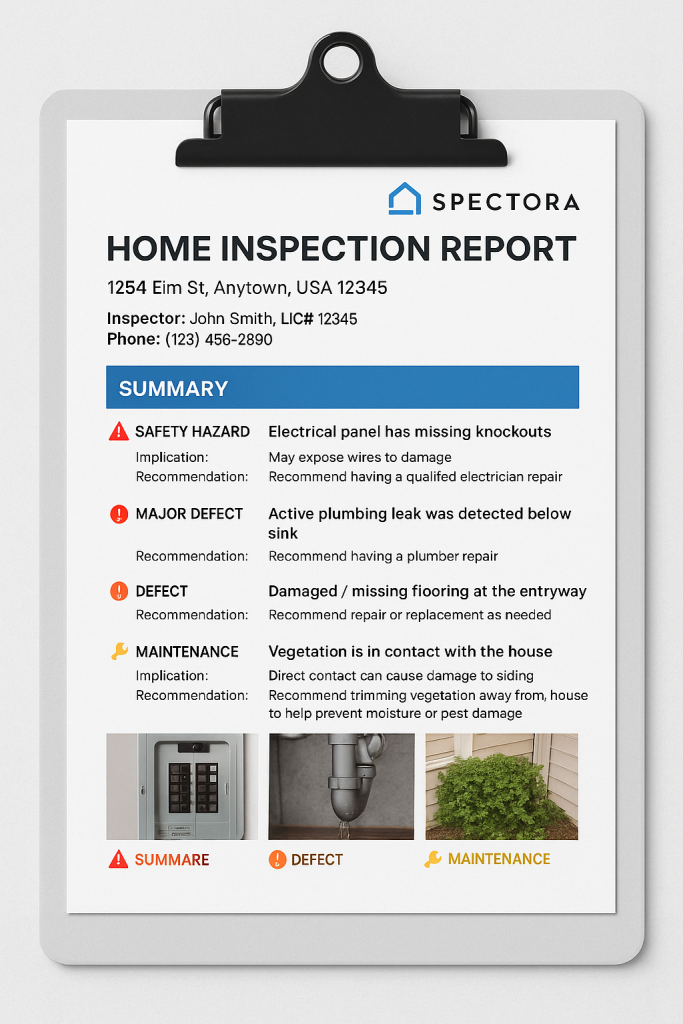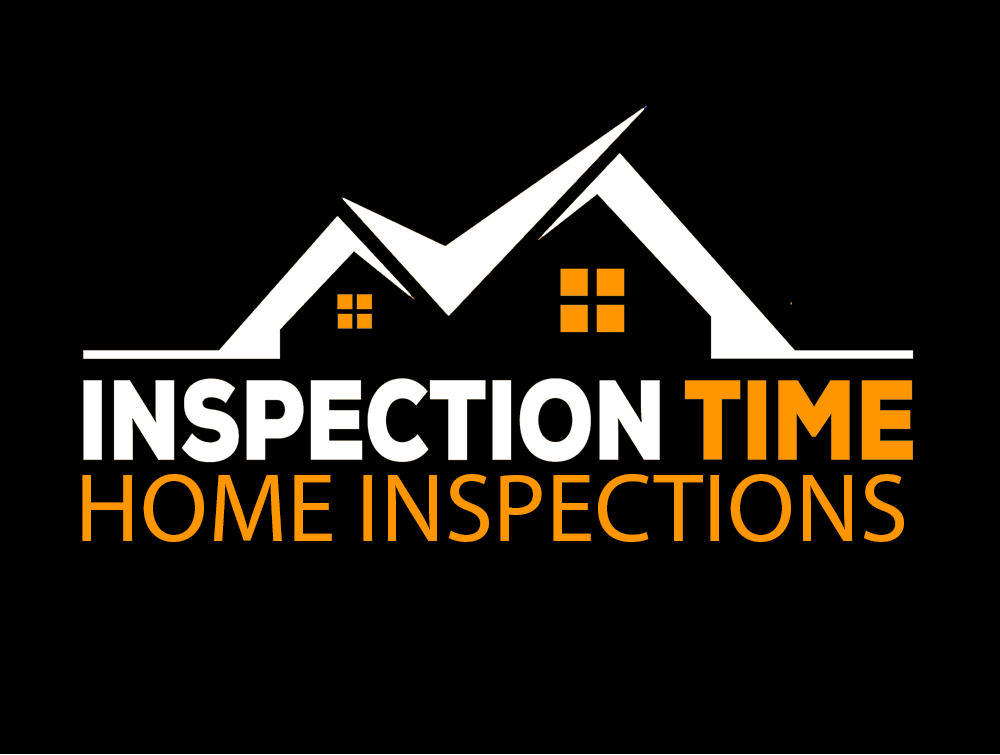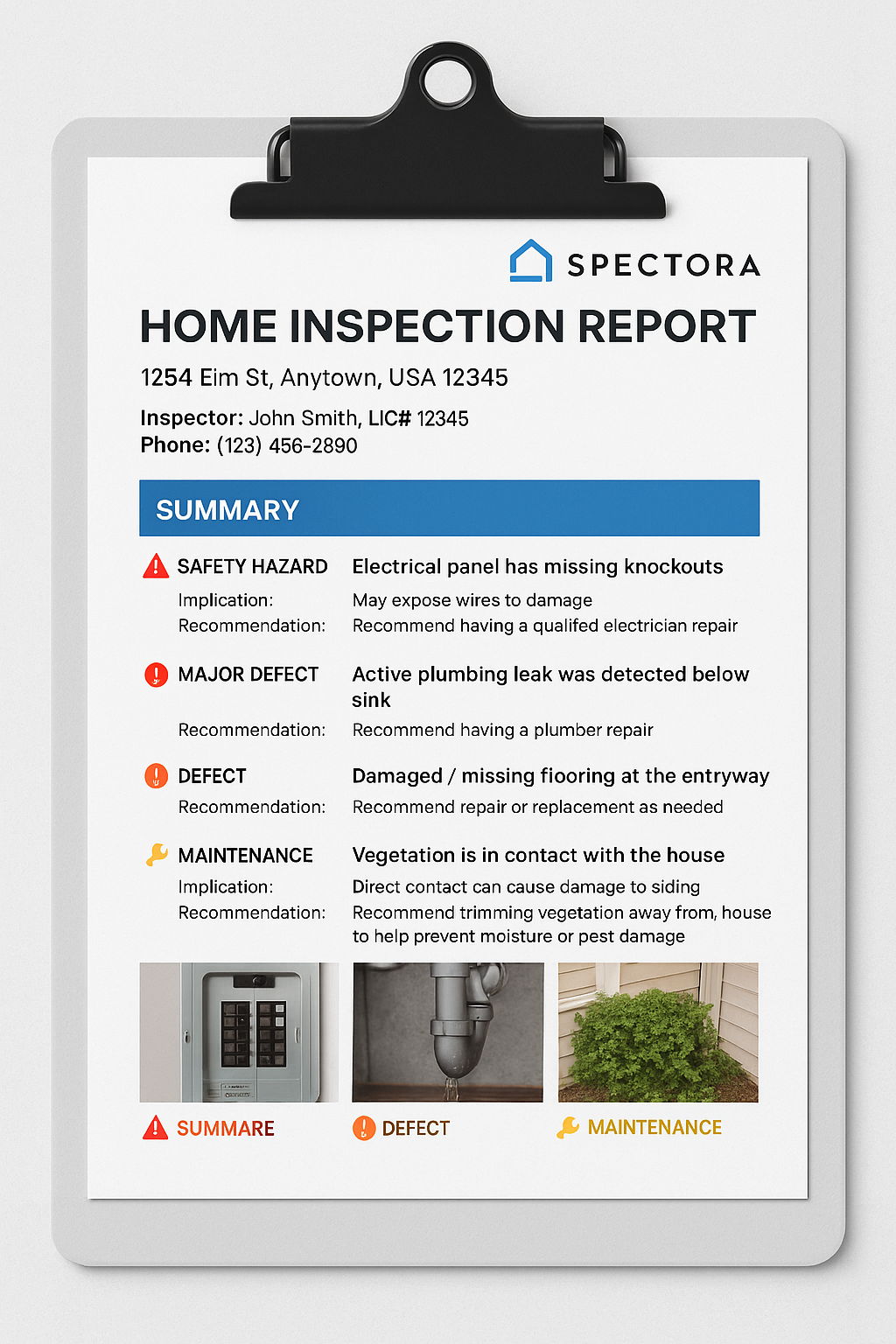Let’s be honest: you just paid for a home inspection, and now you’re staring at a PDF thicker than your college textbooks. But here’s the thing—not all inspection reports are created equal.
Understanding what a home inspection report should look like is essential for homebuyers.
Some are clear, detailed, and genuinely helpful. Others? Confusing, vague, or missing critical information.
A clear idea of what a home inspection report should look like can save you from costly mistakes.
Whether you’re a first-time homebuyer, a real estate agent, or just trying not to get burned, this guide will walk you through exactly what a home inspection report should look like—plus a few red flags that scream “run!”

When reviewing the report, think about what a home inspection report should look like to ensure it meets your needs.
📝 What’s a Home Inspection Report, Really?
To evaluate it correctly, you should know what a home inspection report should look like.
A home inspection report is a comprehensive breakdown of a property’s visible condition. It should cover everything from the roof to the foundation—including electrical, plumbing, HVAC, and more.
Understanding What a Home Inspection Report Should Look Like can empower you to make informed decisions about your property investment.
But here’s the key: a good report doesn’t just list issues. It helps you understand them, prioritize them, and make confident decisions.
Familiarizing yourself with what a home inspection report should look like sets expectations.
✅ The Anatomy of a Great Home Inspection Report
Here’s what you should see in every professional report:
1. Clear Summary Section (with Prioritized Issues)
Before diving into the full report, you should find a Summary Page at the front—listing key deficiencies categorized by severity:
- Major safety issues
- Recommended repairs
- Deferred maintenance items
✅ Bonus points if it’s color-coded (red = serious, yellow = moderate, green = cosmetic).
🛑 Red flag if everything is buried in a 90-page list with no summary.
2. Photos, Photos, Photos
Pictures aren’t just pretty—they’re proof.
Every major defect should have a clear photo or video showing the issue. A good inspector will label or circle the area, so there’s no confusion.
🔎 Example: “Cracked beam under porch – See Photo 12”
🛑 Red flag: Reports with few or no photos, blurry images, or zero context.
It’s vital to understand what a home inspection report should look like when making decisions.
3. Observation / Implication / Recommendation Format
Every deficiency should be broken down into 3 simple pieces:
- Observation: What was found?
- Implication: Why does it matter?
- Recommendation: What should be done about it?
🔍 Example:
Observation: GFCI outlet in kitchen not functioning.
Implication: May not trip during a ground fault, increasing shock risk.
Recommendation: Replace with a functioning GFCI outlet by a licensed electrician.
🛑 Red flag: Reports that just say “GFCI bad” or “Needs attention” with no explanation.
4. Full System Coverage
Knowing what a home inspection report should look like helps you identify the important details.
Your report should include all the following areas unless limited by access:
- Roofing
- Foundation/Structure
- Electrical
- Plumbing
- HVAC
- Attic & insulation
- Windows & doors
- Garage
- Grading & drainage
- Appliances
- Interior finishes
- Exterior components
- Irrigation & pool systems (if applicable)
🛑 Red flag: Sections marked “not inspected” with no reason why.
5. Inspector Info, Date, and Licensing Details
Every report should be signed and dated, include the inspector’s license number, and list their contact information. There should also be a short disclaimer explaining what was (and wasn’t) included in the scope.
🛑 Red flag: No inspector name, no license, no date? That’s a huge liability.
6. Digital Delivery & Easy Navigation
Modern reports should be delivered in digital format—usually as a PDF and/or through a client portal. Navigation should be easy, with:
- Clickable section headings
- Table of contents
- Inline images
- Mobile-friendly viewing
Bonus if the report allows agents to generate repair request lists directly from the summary!
🛑 Red flag: Handwritten notes or blurry scanned paper reports. It’s 2025.
👎 What a BAD Home Inspection Report Looks Like
Let’s flip it. Here are warning signs you’ve got a sloppy or outdated report:
🚫 Everything is written in CAPS
🚫 No photos or vague descriptions
🚫 Excessive technical jargon
🚫 No clear order or system
🚫 “Realtor Copy” missing key defects
🚫 Everything marked “Monitor” or “Observed” with no real recommendation
Ultimately, knowing what a home inspection report should look like will empower you.
If you can’t understand your own inspection report—or it leaves you more confused than informed—you didn’t get your money’s worth.
👷♂️ What the Pros Use (And Why It Matters)
Top inspectors today use modern software like Spectora, HomeGauge, or ISN, which allow them to deliver detailed, mobile-friendly reports with embedded photos, videos, repair requests, and even 3D images.
To better navigate the content, you need to grasp what a home inspection report should look like.
Not only do these tools make reports easier to read, but they also make it easier for buyers to negotiate, sellers to repair, and agents to close deals faster.
Final Thoughts: Read It Like a Dealbreaker
Here’s the truth: an inspection report can make or break your purchase.
It’s not about finding a “perfect” home—those don’t exist. It’s about being informed, spotting major safety or financial risks, and having a clear roadmap to repair.
📌 Ask for a sample report before hiring an inspector.
📌 Make sure it’s detailed, visual, and easy to understand.
📌 And don’t be afraid to walk away if the house—or the report—is a mess.
Was this helpful?
🔁 Share it with someone buying a home right now.
🧠 Or send it to your agent and say: “Is this what our report’s going to look like?”
Your inspector should explain what a home inspection report should look like during the review.
In the end, it’s about recognizing what a home inspection report should look like and acting accordingly.
Don’t overlook what a home inspection report should look like during your evaluation.
Ultimately, understanding what a home inspection report should look like is key to your success.



